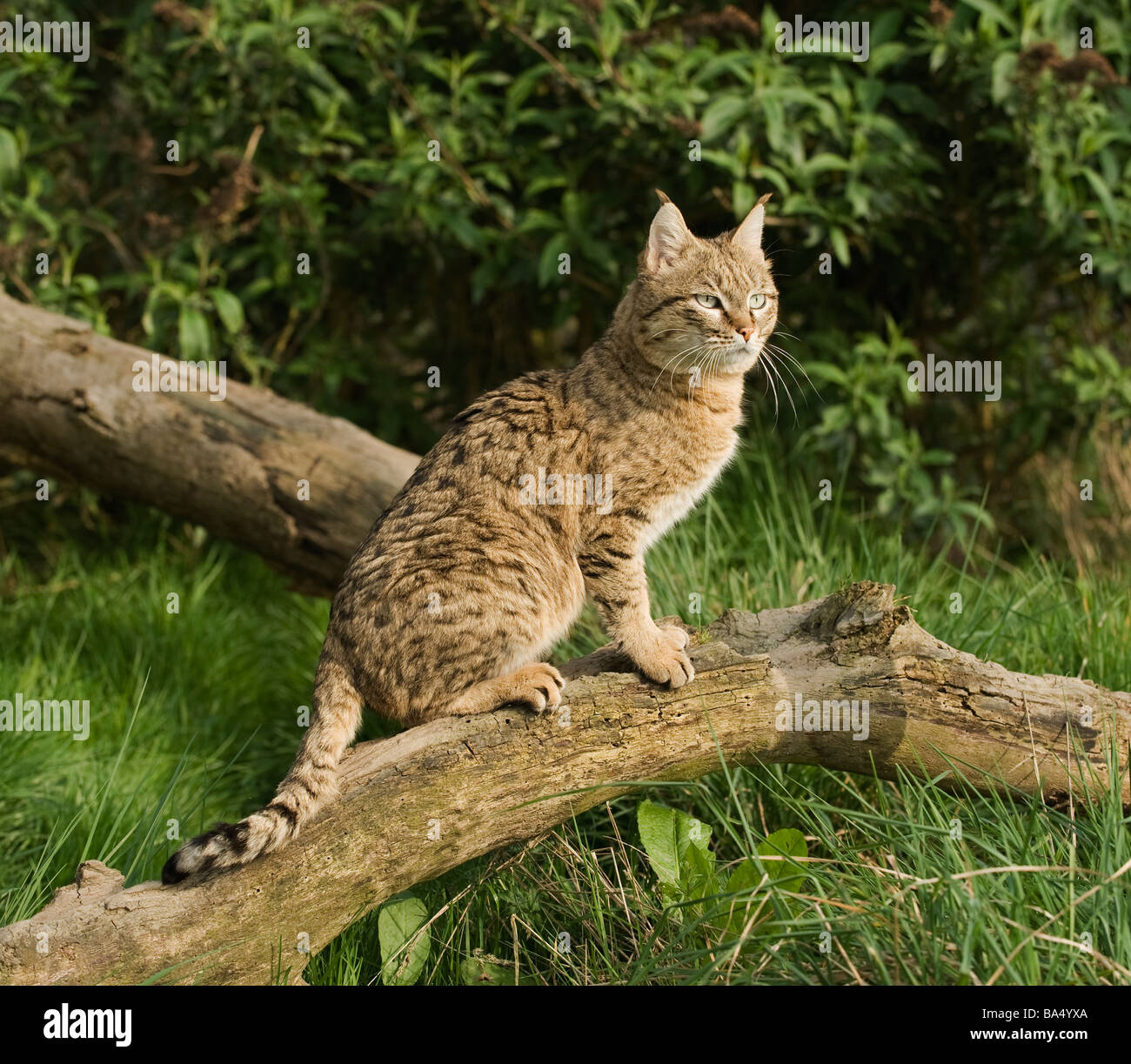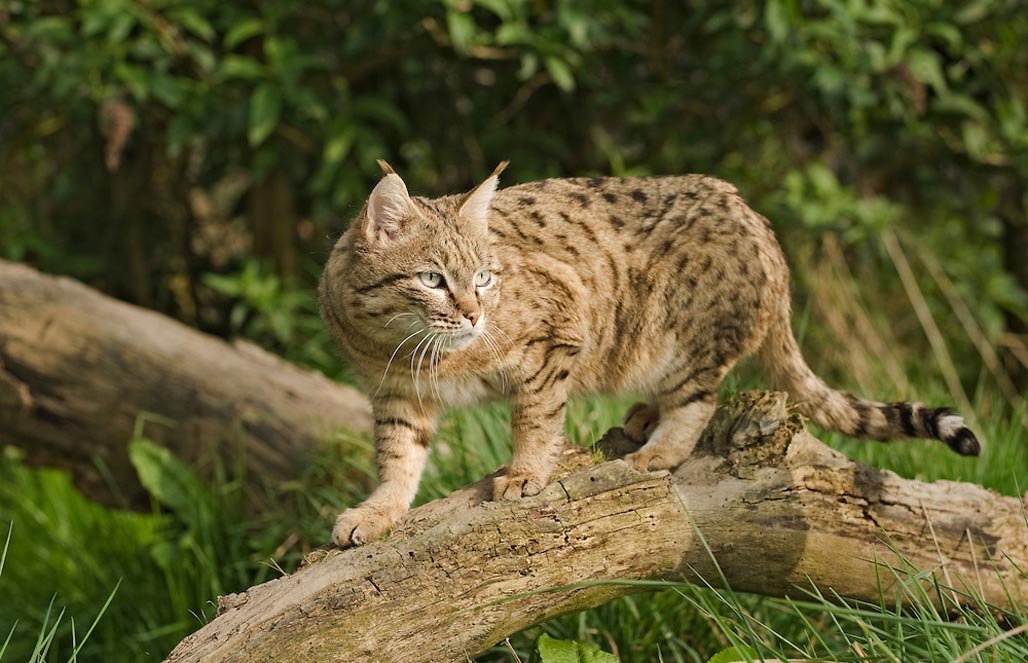
Indian desert cat (Felis silvestris ornata), Asia Free Stock Photo
Using 270 individual samples, the molecular genetic study finds that the Chinese mountain cat is a unique subspecies of the wide-ranging Wildcat, Felis silvestris. The wildcat species is found.

Male Asian wildcat or Indian desert cat ( Felis silvestris ornata), N W
These different times support the classification of F. s. ornata and F. s. bieti as subspecies of Felis silvestris. A closely related subspecies from Central Asia and north Africa, Felis silvestris lybica, is the clear predecessor of the world's domestic cats, including those throughout China. The cat domestication process happened 10-12,000.

Asiatic Wildcat [Felis silvestris ornata] The Asiatic wildcat, much
The subspecies known as the African wildcat ( Felis silvestris lybica ), native to northern Africa, is the putative ancestor of the domestic cat. The Asian wildcat ( Felis silvestris ornata) ranges east of the Caspian Sea into China. In North America, the lynx and bobcat are sometimes called wildcats. The Editors of Encyclopaedia Britannica.

Asian wildcat Felis silvestris ornata N W India Pakistan Captive Port
The Qinghai-Tibet Plateau endemic Chinese mountain cat has a controversial taxonomic status, whether it is a true species or a wildcat (Felis silvestris) subspecies and whether it has contributed to cat (F. s. catus) domestication in East Asia.Here, we sampled F. silvestris lineages across China and sequenced 51 nuclear genomes, 55 mitogenomes, and multilocus regions from 270 modern or museum.

Felis silvestris ornata African wild cat, Wild cats, Small wild cats
South African Wildcat Felis silvestris cafra - Sub-Saharan Africa; Asiatic Wildcat Felis silvestris ornata - Central Asia to India; Chinese Mountain Cat Felis silvestris bieti - Western China; 2005 Classifications. Felis silvestris silvestris - Mainland Europe from Spain to Eastern Europe; Felis silvestris caucasica - Turkey, Caucasus.

Gato montés asiático o gato indio del desierto ( Felis silvestris
Description The revised taxonomy of the Felidae provisionally recognises the following species of the Genus Felis: Felis chaus (Jungle cat), Felis nigripes (Black-footed cat), Felis margarita (sand cat), Felis bieti (Chinese mountain cat), Felis silvestris (European wildcat), Felis lybica (African wildcat) and Felis catus (domestic cat).

Felis Silvestris Ornata, Asian wildcat Central Asia to India Small
The geographical range of the cat, Felis Silvestris Ornata, extends from Caspian Sea to Mongolia, India, Pakistan and Iran. Steppes and scrub desert areas are often the dwelling places of the felid.

Male Asian wildcat or Indian desert cat ( Felis silvestris ornata), N W
English: Wild Cat, Wildcat French: Chat orné, Chat sauvage Spanish: Gato Montés, Gato Silvestre Taxonomic Notes: There is still no clear consensus in how to relate geographical variation in the morphology and genetics of the globally widespread Wildcat Felis silvestris to its taxonomy and systematics (Kitchener and Rees 2009).

Indian Desert Cat (Felis silvestris ornata) {!인도사막고양이>; Image ONLY
Gray, 1830-1832. The Asiatic wildcat ( Felis silvestris ornata) is also known as the Asian Steppe wildcat or Indian Desert cat. It is a subspecies of the Wildcat. It lives mainly in the Thar Desert, and the Rann of Kutch in India and Pakistan. It is about the size of a domestic cat, with a pale yellowish body marked with black spots.

Asian wildcat felis silvestris ornata hires stock photography and
The Asiatic wildcat (Felis lybica ornata) is a African wildcat subspecies that occurs from the eastern Caspian Sea north to Kazakhstan, into western India, western China and southern Mongolia. It is also known as the Asian steppe wildcat and Indian desert cat. The status Least Concern in the IUCN Red List is attributed to the species, including all subspecies of wildcats.

Азиатская дикая кошка (Felis silvestris ornata) В неволе Терри
Here we show, using ancient DNA analysis of geographically and temporally widespread archaeological cat remains, that both the Near Eastern and Egyptian populations of Felis silvestris lybica.

Asian Wild Cat Felis silvestris ornata adult male, crouching, closeup
The European wildcat (Fig. 1) is often described as being larger and more robust than the domestic cat Felis catus (Velli 2015 ; Fig. 7), and having a bushy tail with a broadly rounded black tip.

Asian wildcat felis silvestris ornata hires stock photography and
wildcat, ( species Felis silvestris ), a small wild member of the cat family (Felidae) native to Eurasia and Africa. There are some three to five subspecies. The name wildcat is also used as a general term for feral domestic cats and for any of the smaller wild species of the cat family. ancestors of the domestic cat

Asian wildcat Felis silvestris ornata N W India Pakistan Captive Stock
Category: Felis silvestris ornata From Wikimedia Commons, the free media repository

Кошка индийская дикая — Felis silvestris ornata
The Asiatic wildcat ( Felis lybica ornata ), also known as the Asian steppe wildcat and the Indian desert cat, is an African wildcat subspecies that occurs from the eastern Caspian Sea north to Kazakhstan, into western India, western China and southern Mongolia.

Male Asian wildcat or Indian desert cat ( Felis silvestris ornata), N W
Taxonomy. Felis (catus) silvestris was the scientific name used in 1777 by Johann von Schreber when he described the European wildcat based on descriptions and names proposed by earlier naturalists such as Mathurin Jacques Brisson, Ulisse Aldrovandi and Conrad Gessner. Felis lybica was the name proposed in 1780 by Georg Forster, who described an African wildcat from Gafsa on the Barbary Coast.